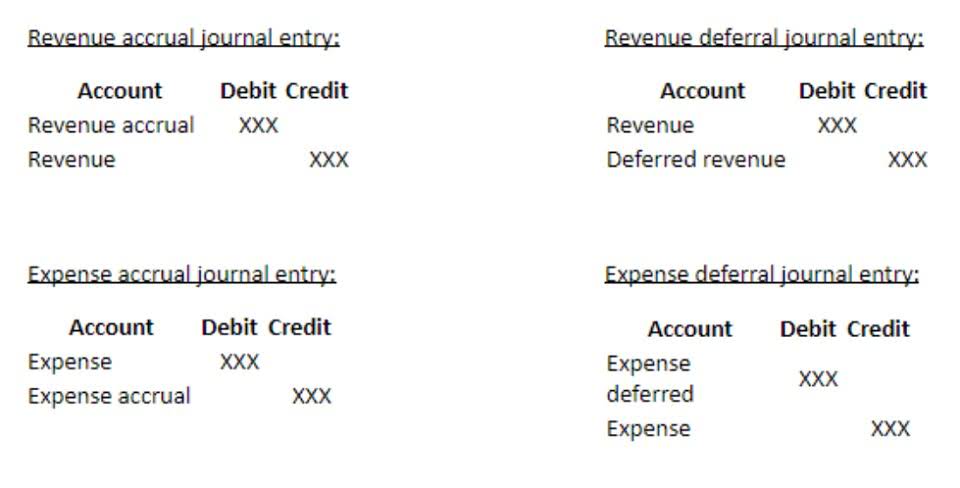
Leasing is a financial arrangement where one party (the lessor) allows another party (the lessee) to use an asset for a specified period in exchange for regular payments. The two main types of leases are Capital (Finance) Lease and Operating Lease, each with its unique features and implications. Discover the new lease accounting standards and gain insights into implementation, examples, and compliance. Capital leases are recorded on the balance sheet by recognizing the leased asset as a fixed asset and the lease obligation as the corresponding liability.
- The capital lease vs operating lease accounting concept can be understand from the example and explanation given below.
- In summary, Capital Leases and Operating Leases serve different purposes and have distinct financial implications.
- Capital leases are recorded on the balance sheet by recognizing the leased asset as a fixed asset and the lease obligation as the corresponding liability.
- Understanding the key differences and considering your business’s specific requirements are crucial steps in making the right lease choice.
- You can record it under the appropriate expense category on your income statement.
Do you already work with a financial advisor?
This makes operating lease accounting more complicated for many organizations. Effective from December 15, 2021, these changes refine lease accounting standards and impact how companies manage lease-related financials. The capital lease vs operating lease guide us regarding the points of differences between the two types of lease agreements. They are different in terms of accounting process followed, nature of the lease and also regarding ownership transfer. Accounting for finance leases under ASC 842 is essentially the same as capital lease accounting under ASC 840.
Capital Lease: Risks and Rewards
- Capital Leases require the lessee to record the asset and its depreciation, impacting financial ratios, whereas Operating Leases do not affect the balance sheet in the same way.
- There is no provision for a lessee to purchase an asset at the end of the lease term, nor any bargain purchase option.
- The contract allows for the renter to use the asset for a temporary period.
- One such criteria is the accounting standard followed, which may be International Financial Reporting Standards (IFRS) or Generally Accepted Accounting Principles (GAAP).
Instead of assuming ownership, the lessee is typically presented with multiple options as the lease term concludes. Leasecake is one centralized, single source of truth for operating versus capital lease all of your lease and location information for your entire real estate portfolio. Rather than digging through a filing cabinet or Dropbox to understand the details of each lease, our platform offers instant access to any date, dollar, or important information that may be in that document.

Capital Lease: What It Means in Accounting

It’s important to determine your organization’s internal policy for each threshold of the classification criteria, document it, and follow it cash flow consistently. The choice between a Capital Lease and an Operating Lease depends on your unique circumstances and financial goals. Consult with your financial advisor or accountant to determine which option aligns best with your company’s needs. Accruent Lx Contracts is recognized as a leading solution in lease administration.
In contrast, in the case of Operating Lease ownership of the asset under consideration is retained by the lessor. With our interest expense forecast complete, the remaining step is to calculate the capital lease payment, which is captured on the cash flow statement. Conceptually, a capital lease can be thought of as ownership of a rented asset, while an operating lease is like renting any type of asset in the normal course. Often, corporations rent assets such as offices, equipment, and vehicles because renting is more economically viable than purchasing the asset outright. The lease payment obligations occur throughout the term of the lease, whereas a purchase signifies a lump sum, one-time outflow of cash.
Are all leases now finance leases?

However, they also gain potential benefits, such as asset appreciation and the option to purchase the asset at a favorable price when the lease ends. Yardi Corom is one the best lease accounting and management software solutions that helps in complying with new lease accounting standards. An operating lease is generally for items such as vehicles, computers, etc., i.e., items that are consumed over time whereas under a finance lease capital assets are leased to facilitate Cash Flow purposes. To compare and contrast the accounting treatment for operating and capital leases, we will use this data to demonstrate the accounting procedures for each type of lease.

How Does Equipment Leasing Work?
We would make the argument that in an operating lease, the lease payments are just as much a commitment as lease expenses in a capital lease or interest payments on debt. Converting operating lease expenses into a debt equivalent is straightforward. As an approximation, using the firm’s current pre-tax cost of debt as the discount rate yields a good estimate of the value of operating leases. The Financial Accounting Standards Board (FASB) issued new lease accounting standards and how to account for capital lease and operating lease. It has now made it mandatory for all leases of more than 12 Bookstime months to be recorded as assets and liabilities on the balance sheet.
